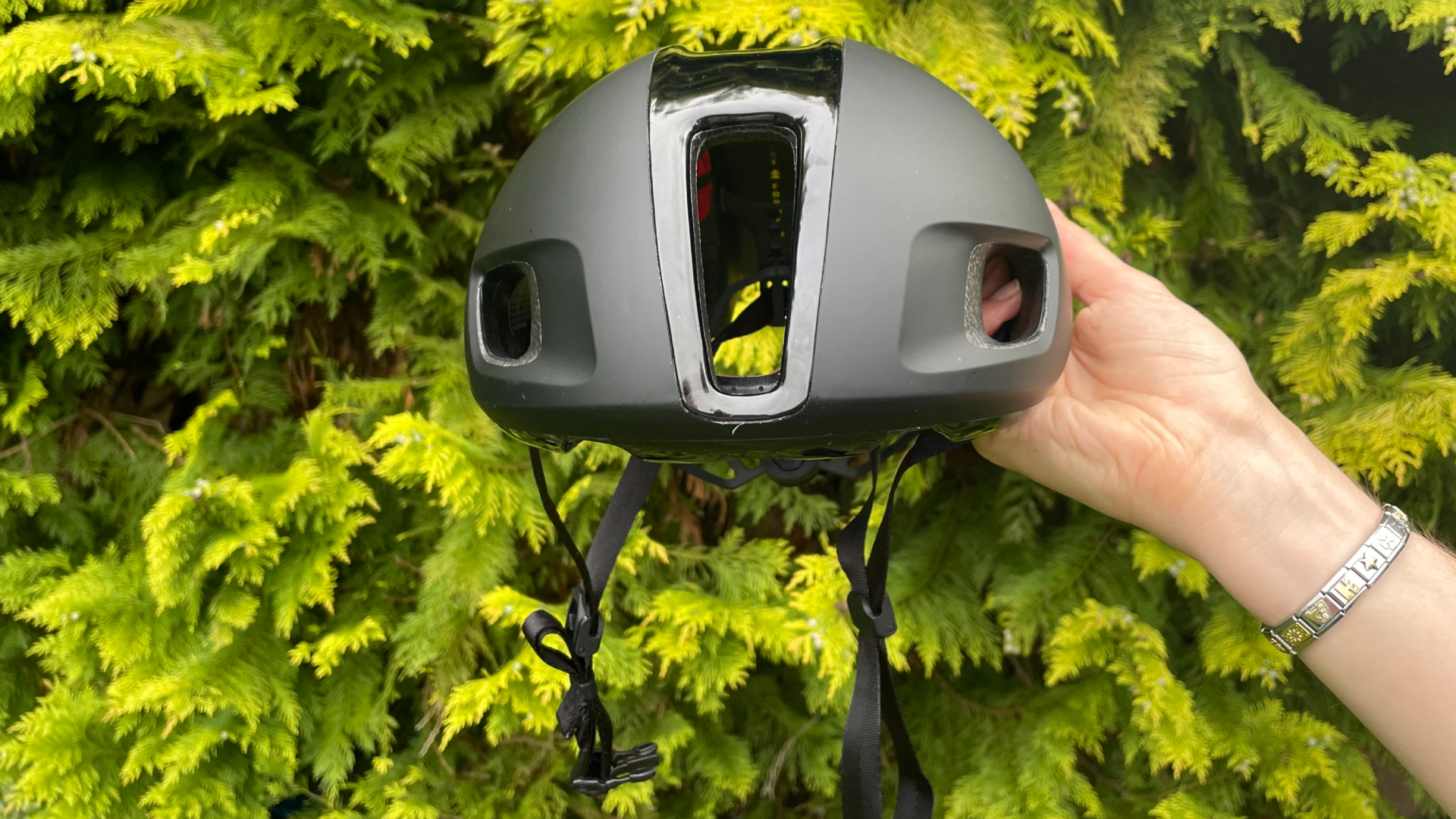
The Trek Ballista MIPS is a helmet that you've likely already noticed on the heads of the WorldTour Trek Segafredo teams. It’s very striking in terms of looks, which makes it even harder to miss.
Undoubtedly it’s Trek’s solution for high performance as well as optimum safety thanks to the MIPS (Multi-directional Impact Protection System) Air system. Meaning your head stays better protected in the event of a directional impact - something that more and more of the best bike helmets for road cyclists are offering.
So it looks great, it stands out and it’s designed with enhanced protection in mind. But how does it actually perform?
Trek Ballista MIPS: construction
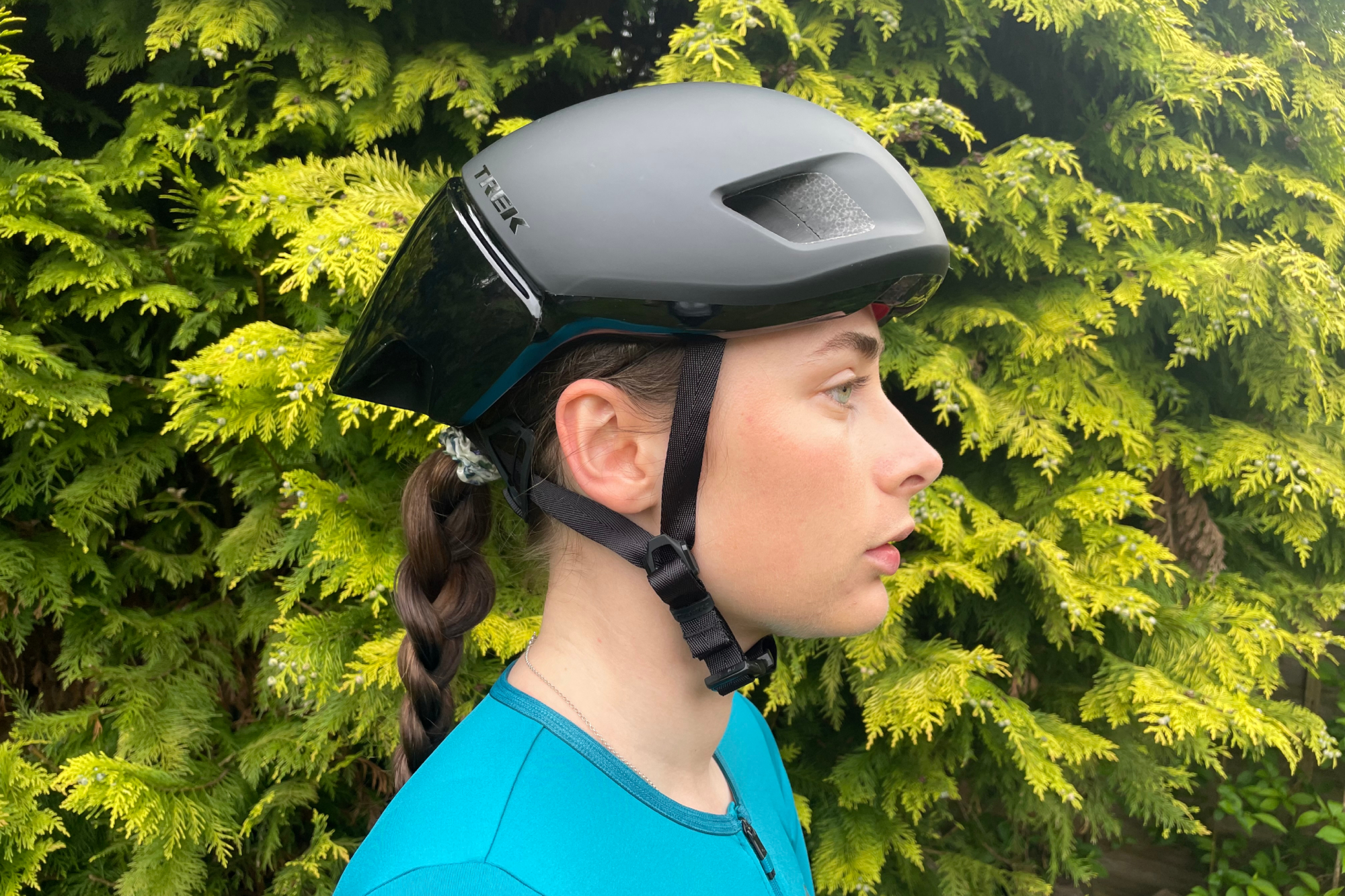
When I first opened the box I was surprised to see wires instead of the common plastic wrap around cage style tightening system. At first I was unsure if this would feel very stable given it’s literally just a thin wire attached to the inside and fed around the fastening BOA dial, commonly see on many of the best cycling shoes, at the back.
Within the helmet there is padding which is very soft but not too thick, which is definitely a positive for riding in hotter weather. Internally there is also the MIPS Air system which according to MIPS “is a super light and slim system that has been disguised as padding and is not noticeable until it is needed.”
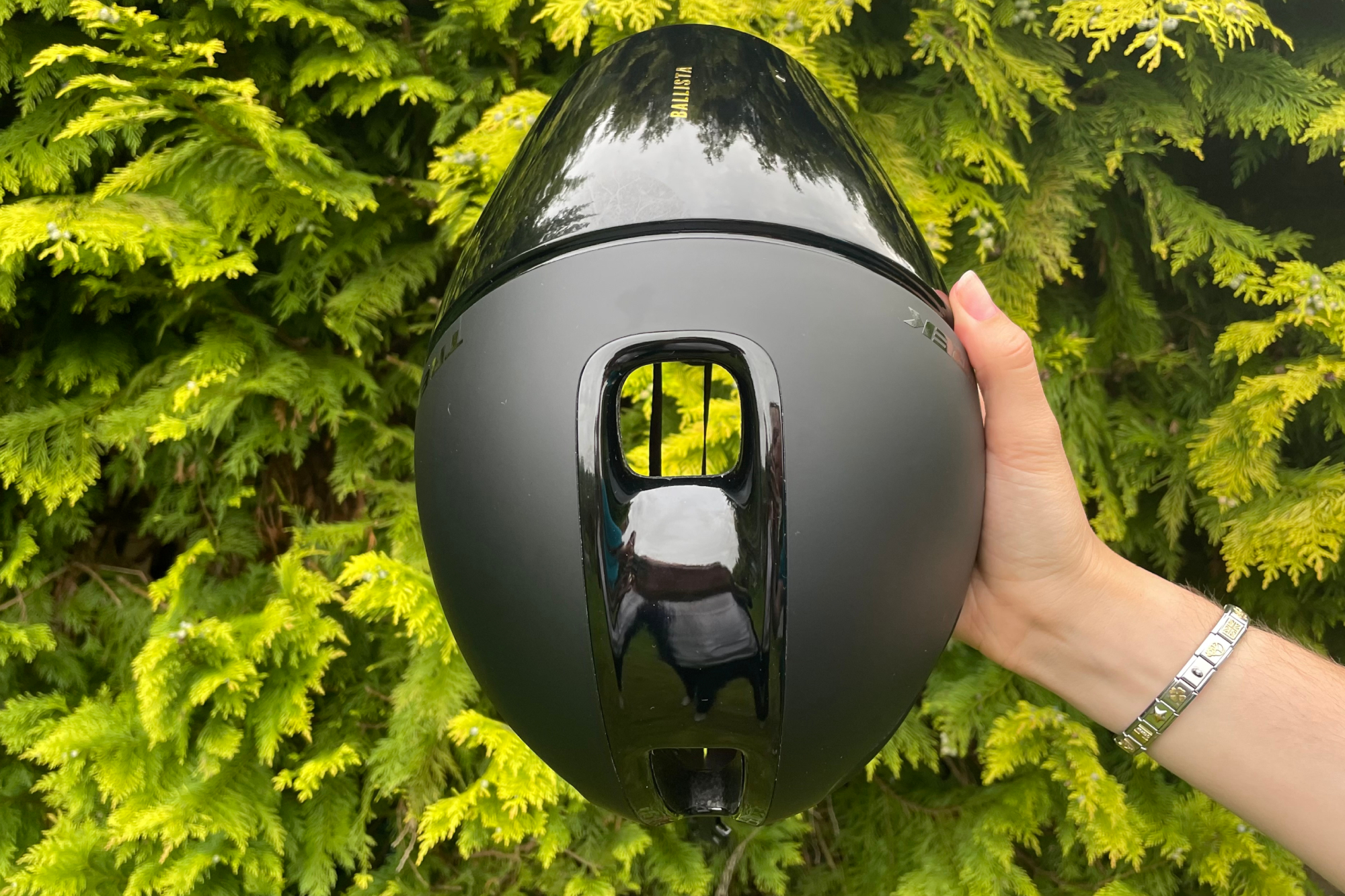
Externally the helmet is really eye-catching thanks to its matte black frontage and glossy black aero tail, which is nicely finished off with BALLISTA written in gold. It all makes for a seriously classy looking helmet.
Trek Ballista MIPS: the ride
I clocked up a lot of training kms in this helmet and from the off I was really surprised to feel how stable and secure the tightening system felt on my head despite it consisting of a single wire. I also found the padding and shape of the helmet very comfortable with a lot of adjustment in the helmet straps, which were also soft and didn’t cause any irritation under my chin or on my neck.
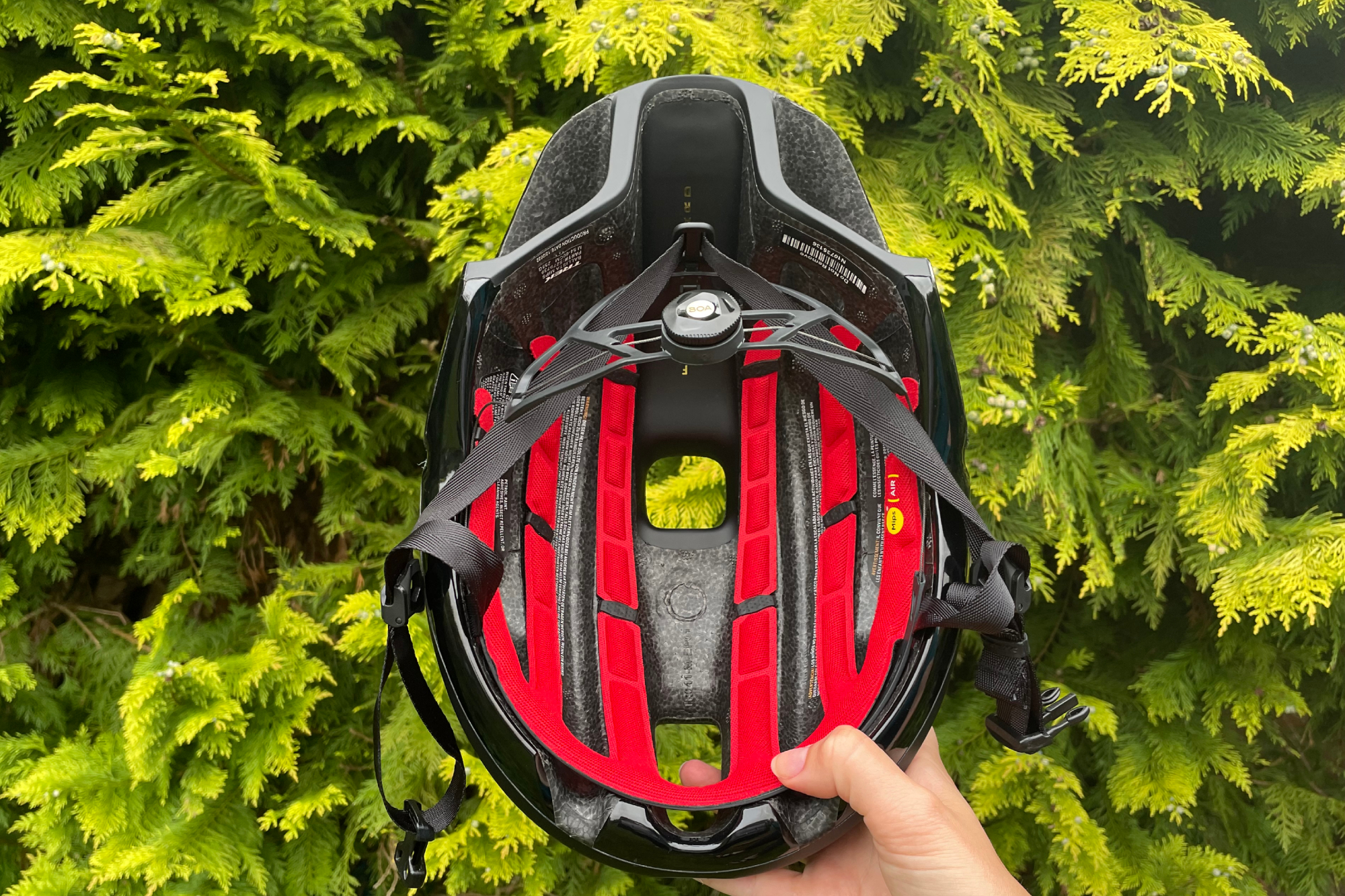
But what surprised me the most was just how well ventilated this helmet was given it only really has two main vents (plus two little ones as the side on the front to pop your glasses into). On hotter days, which went up to 72 degree F, or 22 degrees C, I didn’t feel as though I’d overheated at all.
Even during high intensity efforts out on the road in these warmer climates, I felt the ventilation system worked impressively well. Therefore I definitely wouldn’t be afraid to use this one when the temperatures start to rise. It actually felt better ventilation wise than a lot of non-aero helmets I’ve used that offer plenty of ventilation cut outs. On rainy rides however the lack of vents kept my head nice and dry. In short, the best of both worlds.
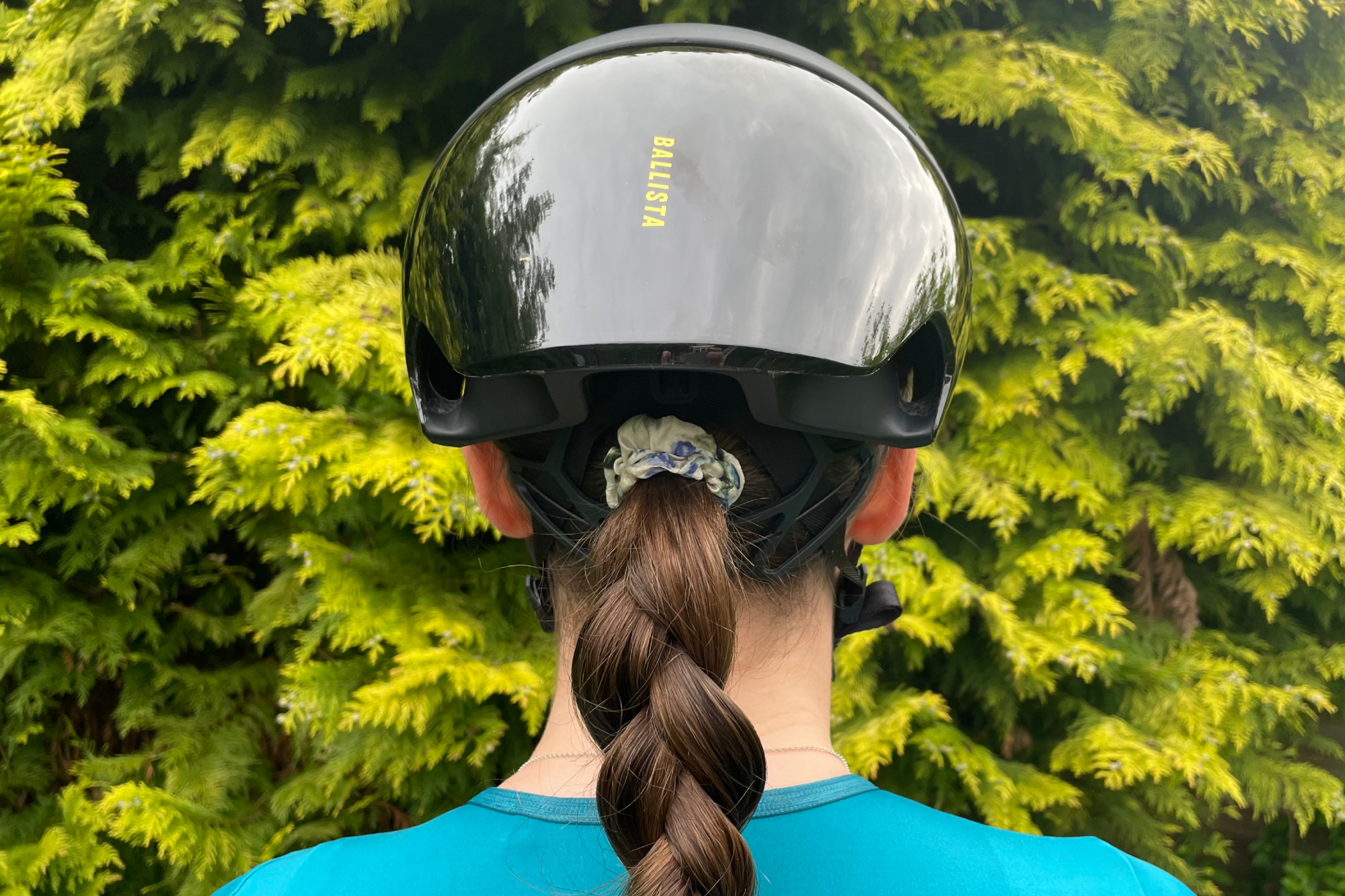
During testing I also found this helmet long hair friendly. Tying my hair up (which is pretty long and thick) in different hair styles wasn’t an issue at all. It’s very ponytail and bun compatible which is always important.
Trek Ballista MIPS: value and conclusion
Overall I was super impressed with this helmet and the feel and performance was definitely that of a high-end aero lid. None of the materials feel cheap and the helmet is very comfortable. All of this for $299.99 / £229.99 seems reasonable, although definitely on the pricier side of things.
But when compared to the cost of other aero road helmets on the market at present, such as the Kask Utopia Y, which comes in at $300.00 / £245.00 RRP, and the popular Specialized S-Works Prevail 3 at $300.00 / £275.00: it’s definitely within the range you’d expect from a performance road helmet.
Not only that but given it features MIPS Air system, I’d personally feel happy to pay a little extra for improved protection. Luckily I didn’t try out the claims during my testing but any system that offers more protection for your brain is important to consider.
However, one aspect I did find a little fiddly was the adjustment at the back for the height of the BOA fastening system. It wasn’t a massive issue but to change the height taking it out and pushing it back in is a little more long winded in comparison to other systems on rival helmets brands, such as Kask which just consists of pushing up on the fastening system.
But all in all, it’s a great helmet best suited to those wanting performance and aerodynamics.







